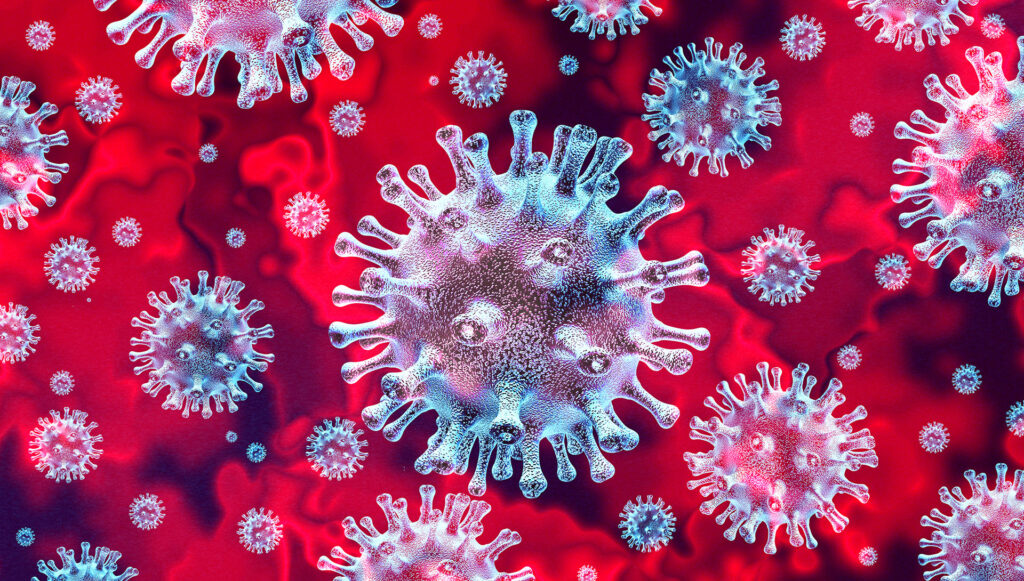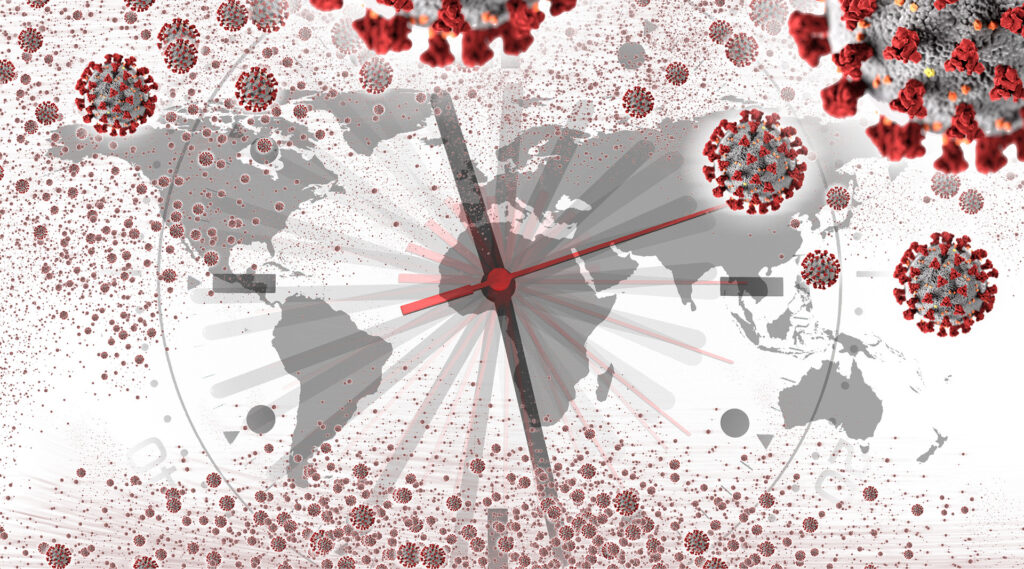
Overview
From March 25th to May 6th, 2020, over 2000 young innovators from 74 different countries came together to join the fight against COVID-19. In response to the coronavirus outbreak and global shutdown, the New York Academy of Sciences invited creative problem-solvers from around the world to participate in the challenge for a chance to receive a $500 travel scholarship to attend the Global STEM Alliance Summit. The winning solution, GOvid-19, is a virtual assistant and chatbot that provides users with accurate pandemic-related information. Learn more about the winning solution and the solvers who designed them.
The World Health Organization (WHO) declared the outbreak of the coronavirus disease 2019 (COVID-19) a pandemic in March 2020. As scientists and public health experts rush to find solutions to contain the spread, existing and emerging technologies are proving to be valuable. In fact, governments and health care facilities have increasingly turned to technology to help manage the outbreak. The rapid spread of COVID-19 has sparked alarm worldwide. Many countries are grappling with the rise in confirmed cases. It is urgent and crucial for us to discover ways to use technology to contain the outbreak and manage future public health emergencies.
Challenge
Consider the obstacles faced by governments, healthcare providers and/or patients and design a technology-based solution that can be deployed in response to combat COVID-19. The solution can be an improvement of an already existing technology or a new application. Solutions should consider the following:
- Modes and rates of disease transmission
- Known preventative and protective measures against COVID-19
- Lack of vaccine, medication, and treatment for COVID-19
- The public health system, local healthcare infrastructure, access to technology and other relevant contexts
Winners
The winning solution, GOvid-19, is a virtual assistant and chatbot that provides users with accurate pandemic-related information about government responses, emergency resources, statistics on COVID-19 while utilizing grassroots feedback, streamlining medical supply chains with blockchain and AI techniques address potential accessibility issues among the most vulnerable groups.
